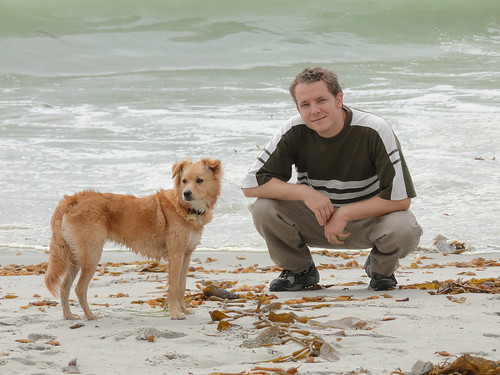The obvious:
Since none of you reading here likely live directly under the stars, you probably listen to or record audio in a room on a regular basis. I'm going to avoid all discussion of cars and headphone listening though I do plan on going into the headphone experience before too long. I'll also avoid discussing the bathroom and kitchen as they have more important uses than music listening.
....................................................................................................................................
Breakdown of related topics:
Perception and Loudspeaker patterns:
http://dtmblabber.blogspot.com/2010/12/psychoacoustics.html
http://dtmblabber.blogspot.com/2010/12/above-modal-dominated-frequencies-300hz.html
http://dtmblabber.blogspot.com/2011/01/psychoacoustics-continuedrelated-more.html
http://dtmblabber.blogspot.com/2011/06/how-binaural-hearing-relates-to.html
http://dtmblabber.blogspot.com/2011/05/binaural-hearing-and-direction.html
Room treatments:
http://dtmblabber.blogspot.com/2010/12/room-treatment-advice-quick-and-dirty.html
http://dtmblabber.blogspot.com/2010/12/little-more-into-boundary-conditions.html
http://dtmblabber.blogspot.com/2010/12/mars-bringer-of-pain.html
...................................................................................................................................
Now the new:
ITDG-Initial Time Delay Gap is difference between the first arrival sound and the first reflected sound.
What I'm about to say assumes you are after Hi Fidelity. That doesn't mean sounding like the original event, it means reproducing the recording as that's all you have access to and many if not most of them could be said to have no original event(think movies and studio recordings). OK, enough on that.
So we've already seen that these reflections will effect the frequency domain, but we haven't looked into the time domain. Sound travels at roughly 1 foot per millisecond. Check here for more specifics in metric. So you can take the time of the reflected sound path and subtract the time of the direct sound path to get your ITDG. A smaller gap time will tell your ear that the source is further away, a larger one closer. This may seem counterintuitive but it's more easily understood when you look at the demonstration here. The reflected path will be nearer the same length as the direct. Of course the amplitude(volume), frequency response and relative reverberant decay are also used to aid in determining distance between you and the sound source. I'm sure you've all heard the big, bad car stereo as it drives down the road. When it's close you can hear the treble loud and not so clear. From a distance, it's just bass and quieter. This is d/t air absorbing treble more easily than bass, but again beyond what I'm getting at. These are just part of distance cues. The clever home recording enthusiast may want to think about that during their next session. Hopefully I'll get to HRTF before too long for those guys as it can be used for other effects. HRTF(direction) HRTF(reflection)
So replace the loudspeaker in the picture with the live performance of your choice and decide to record it. Your microphone will pick up all these same perceptual distance cues. So what happens when you bring that space into your own through your loudspeaker? They overlap and wreak havoc unless your listening space has a longer ITDG than what's on the recording. Davis and Davis found 2-5 ms longer is needed to avoid this auditory confusion. They also add that a diffuse sound field should be present by the initial onset of the Haas effect--approx. 20 ms. This means we need a Reflection Free Zone (RFZ) on the front side of our listening room, and a diffuse back side. Dr. Toole found that these early reflections need to be reduced by 15 dB to be perceptibly inaudible and more so with Mozart. Live End, Dead End (LEDE) anyone? Absorbing the front wall reflections is an absolute must and front section of the side walls, floor and even the ceiling that the front loudspeakers sit in. The first contralateral reflection points may well depend on the size of your room. So, assuming propagation loss of a few dB, you'll need to damp the reflection points by at least 10 dB to get to the target loss. That requires an absorption coefficient of at least 0.9. I would shoot for as low as possible in the frequency range and hopefully into the modal region. That requires heavy duty material. 2" foam need not apply. At least 4 inches of rigid fiberglass or rock wool, and probably 6 inches of acoustic foam.
This graph compiled by Drs. Toole and Olive will flesh out the reflection detection picture with different signals:
Seems the ITU knows this graph well.
Further reading:
An excellent read and easy to follow.
http://www.soundonsound.com/sos/1997_articles/jan97/controlrooms.html
http://www.aes.org/technical/documents/AESTD1001.pdf
http://tech.ebu.ch/docs/techreview/trev_274-hoeg.pdf
http://alexandria.tue.nl/extra2/afstversl/tm/munster2003.pdf
classical control rooms
reproducing recordings


